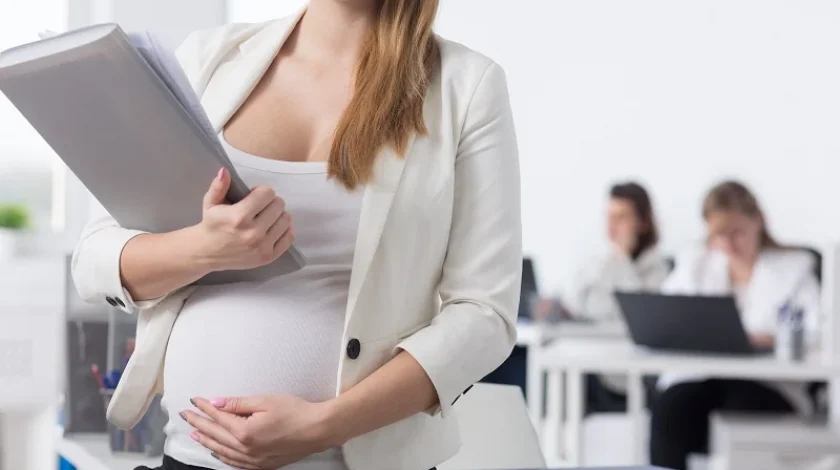The new financial year brings a myriad of changes to employment laws including the new flexibility offered around the government’s Paid Parental Leave (PPL) scheme.
Prior to 1 July 2020, employees eligible for PPL were required to take 18 weeks of PPL (paid at minimum wage, currently being $753.80 before tax) in one block. The new changes do not affect the amount of PPL provided but enable those taking PPL with some flexibility around when and how they choose to take it.
Eligible employees now have some flexibility around when and how they choose to use the 18 weeks. They can use the first set period of PPL, being 12 weeks, in one consecutive go (and it must be used within 12 months of the birth or adoption), but then have flexibility around when they wish to take the remaining 6 weeks, which:
- usually starts after the first period has ended;
- can be used in flexible periods negotiated with their employer; and,
- must be used within 24 months of a child’s birth or adoption.
PPL is applied for by an employee and once approved, paid by the Government to the employee’s employer, who then passes the payment on to the employee.
The increased flexibility around how an employee chooses to utilise PPL will no doubt provide some households with more options about how to manage their household income while one partner is on parental leave, and how to divide work and carer’s duties within the household. It may provide the opportunity for the primary carer to return to work earlier than they would have under the previous scheme (if they so desire) and for the other carer to increase their time spent with the new baby.
In a time of COVID-19 uncertainty and a global sense of matters being outside of our control, the ability to control at least some aspects of our personal lives is no doubt welcomed by many.
Please note this article discusses only the Government’s PPL scheme. Paid parental leave offered by employers under their own company policies is not addressed in this article and remains a separate entitlement available to some employees.
Whether you are an employee or employer and wish to better understand your obligations and rights during parental leave, please do not hesitate to contact a member of Coleman Greig’s Employment Law Team, who would be more than happy to assist.













